Nelson’s Sacred Spaces
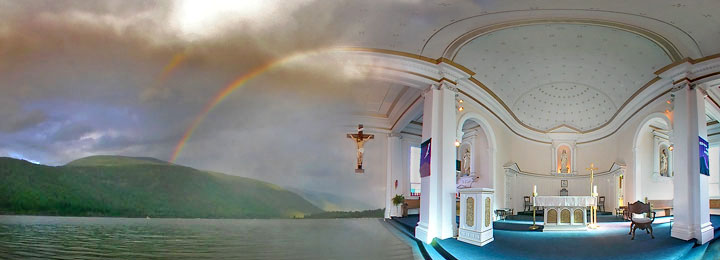 Sacred spaces are
Sacred spaces are
all around us.
In 2005, the (then) Nelson Museum presented an exhibition on Nelson’s Sacred Spaces. These pictures were taken in support of that project.
Panoramas are presented inside Nelson’s churches.
The word, church, has a number of meanings: a building used for (Christian) worship, the organization supporting that worship, the people who participate in the worship. The extent to which this page treats the subject, it only does so with the first meaning: the building. However, it is appropriate to note that local sacred spaces are not confined to church buildings but include chapels, meeting rooms, and the spiritual sites of the Sinixt, Ktunaxa, and Spirit Wrestlers. The topic of local sacred spaces is huge; alas, this page falls well short of covering it. Church buildings are the only things offered here, and only four of them at that.
The object is to explore the space—a sacred space, to be sure—but a space nonetheless: an exploration of the beauty, symmetry and colour of the sanctuary. So, the spaces are presented as full–sphere panoramas: everything that is possible to see from one point: all 4π steradians. Three different representations of the same information are presented: a static view while apparently looking horizontally; a static view while apparently looking vertically, a navigable view where one can look in any direction. The word, apparently, is used for the static views because these scenes actually show all directions simultaneously.
This type of photography presents two technical problems: How is the scene recorded? How is the spherical space mapped to a flat surface? Aspects of each are discussed on the supporting page, full‑sphere pictures. Just as there are various ways to map the Earth’s sphere to a plane, there are comparable ways to map one’s visual space to the computer screen. Generally these images have an aspect ratio of 2:1 (360° X 180°), but sometimes the long axis is horizontal, sometimes vertical; sometimes the space is mapped to a rectangle (equirectangular projection), sometimes to an oval (Hammer projection); sometimes to a navigable rectilinear projection.
There is a third problem: How does the viewer react to such (strange) scenes? The answer will vary from person to person. A sanctuary’s full–sphere image is probably at once most familiar and most alien to members of that church’s congregation. But, the objective isn’t to disturb the eye, but to delight it.
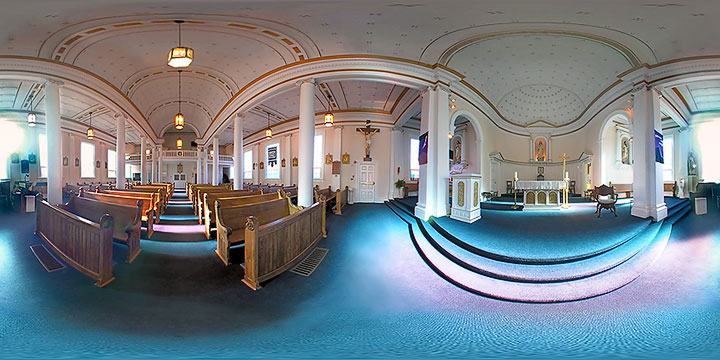 Cathedral of Mary Immaculate This church is a marvellous example of Roman Classicism modelled directly on St. Madeleine in Paris. The exterior is dominated by a portico and classical detailing while the interior’s massive neo–Baroque tunnel vault is supported by composite columns. The structure gives the impression that it is constructed of solid masonry faced with marble; but, except for the foundation granite which was quarried on site, it is built almost entirely of wood. The church received Nelson’s Heritage Building of the Year award for 1985. (This is an equirectangular projection of the interior).
Cathedral of Mary Immaculate This church is a marvellous example of Roman Classicism modelled directly on St. Madeleine in Paris. The exterior is dominated by a portico and classical detailing while the interior’s massive neo–Baroque tunnel vault is supported by composite columns. The structure gives the impression that it is constructed of solid masonry faced with marble; but, except for the foundation granite which was quarried on site, it is built almost entirely of wood. The church received Nelson’s Heritage Building of the Year award for 1985. (This is an equirectangular projection of the interior).
Navigable view of Cathedral of Mary Immaculate.
Click and drag to move around, or use the buttons on the bottom to navigate, magnify, toggle rotation, or toggle full–screen view.
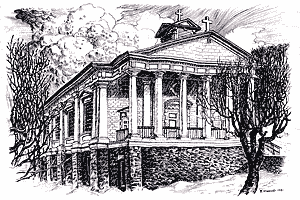 Cathedral of Mary Immaculate In 1889, Rev. J. A. Bedard, OMI, offered the first mass in the Nelson area. For the next few years the spiritual needs of the region were served by Oblate missionaries; and by 1892, Fr. Bedard became Nelson’s first resident pastor. Within one year he had opened a small church on the south–west corner of Silica and Josephine Streets. After Fr. Bedard’s departure in 1893, the parish was again served by non–resident Oblate missionaries.
Cathedral of Mary Immaculate In 1889, Rev. J. A. Bedard, OMI, offered the first mass in the Nelson area. For the next few years the spiritual needs of the region were served by Oblate missionaries; and by 1892, Fr. Bedard became Nelson’s first resident pastor. Within one year he had opened a small church on the south–west corner of Silica and Josephine Streets. After Fr. Bedard’s departure in 1893, the parish was again served by non–resident Oblate missionaries.
The need for a local priest grew and in 1898, Rev. W.L. Ferland was appointed as Nelson’s resident pastor. It was at this time that construction began on a new church; and on 22 October 1899 it was consecrated by Rt. Rev. A. Dontenwill, OMI from New Westminster. The Church of Mary Immaculate was raised to Cathedral status in 1936 when Rev. M.M. Johnson of Toronto was appointed the first Bishop of Nelson.
 Cathedral of Mary Immaculate A view, apparently looking up.
Cathedral of Mary Immaculate A view, apparently looking up.
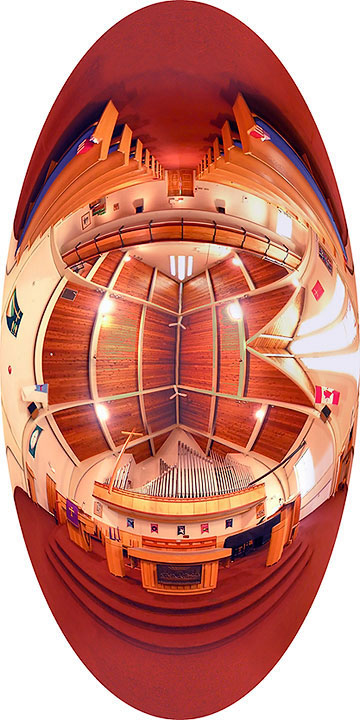 Nelson United Church A view, apparently looking up.
Nelson United Church A view, apparently looking up.
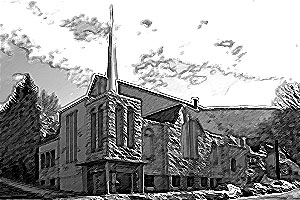 Nelson United Church The present church site has held buildings with four names: Trinity Methodist; Trinity United; St. Paul’s–Trinity and, now, Nelson United Church.
Nelson United Church The present church site has held buildings with four names: Trinity Methodist; Trinity United; St. Paul’s–Trinity and, now, Nelson United Church.
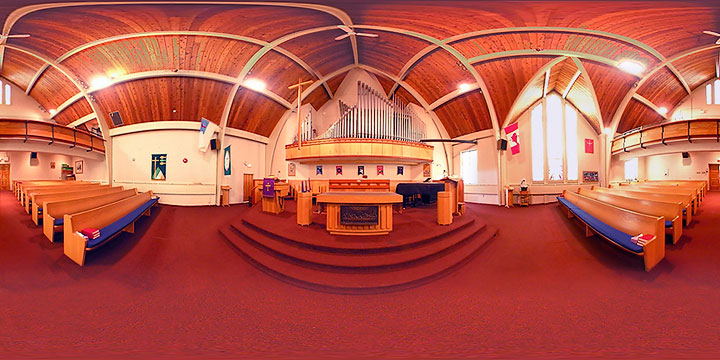 Nelson United Church A view apparently looking horizontally.
Nelson United Church A view apparently looking horizontally.
Navigable view of the Nelson United Church.
Click and drag to move around, or use the buttons on the bottom to navigate, magnify, toggle rotation, or toggle full–screen view.
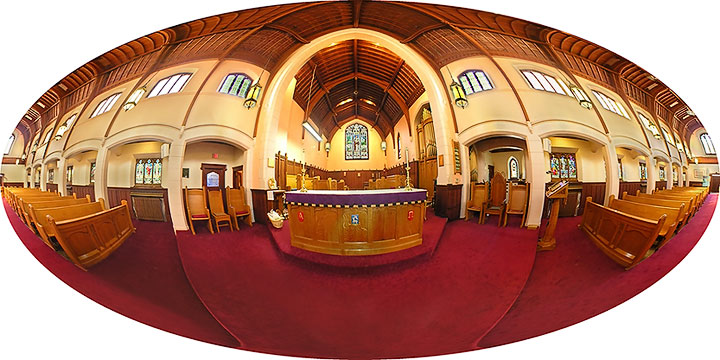 St. Savior Pro Cathedral A view, apparently looking horizontally.
St. Savior Pro Cathedral A view, apparently looking horizontally.
Navigable view of St. Savior Pro Cathedral.
Click and drag to move around, or use the buttons on the bottom to navigate, magnify, toggle rotation, or toggle full–screen view.
 St. Savior Pro Cathedral The Anglican Pro Cathedral of St. Saviour, modelled after fourteenth century English perpendicular parish churches, is an example of Late Victorian Gothic architecture. Construction commenced in July 1898 with the majority of work completed by 1900. The church was destroyed by fire in January 1928, but the stone walls remained intact and served as the base for renovations: a new roof, steeple and extension of the nave and chancel. At the first meeting of the Synod of the newly organized Diocese of Kootenay in 1900, St. Saviour was chosen as the Cathedral, but since the 1960s it has been designated as a Pro–Cathedral.
St. Savior Pro Cathedral The Anglican Pro Cathedral of St. Saviour, modelled after fourteenth century English perpendicular parish churches, is an example of Late Victorian Gothic architecture. Construction commenced in July 1898 with the majority of work completed by 1900. The church was destroyed by fire in January 1928, but the stone walls remained intact and served as the base for renovations: a new roof, steeple and extension of the nave and chancel. At the first meeting of the Synod of the newly organized Diocese of Kootenay in 1900, St. Saviour was chosen as the Cathedral, but since the 1960s it has been designated as a Pro–Cathedral.
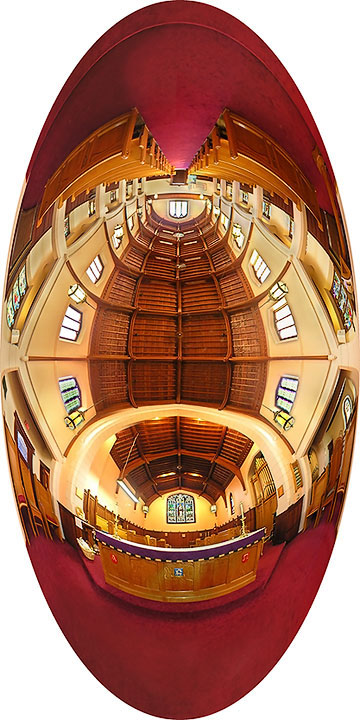 St. Savior Pro Cathedral A view apparently looking up.
St. Savior Pro Cathedral A view apparently looking up.
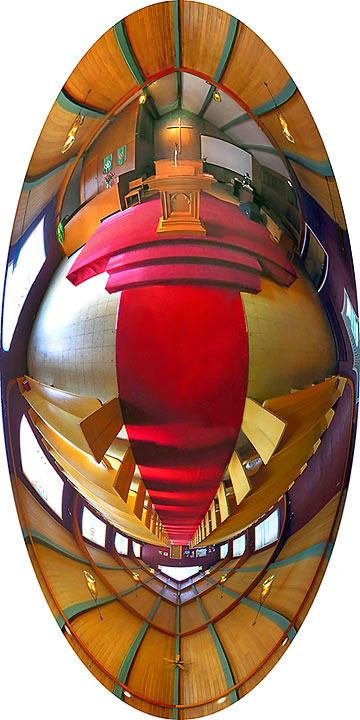 First Baptist Church A view, apparently looking down.
First Baptist Church A view, apparently looking down.
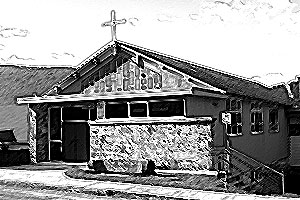 First Baptist Church The First Baptist Church in Nelson, formerly, the Fairview United Church, was built in 1957. Few changes have taken place since the original construction. In 1997 the Fairview United Church was purchased by the Fairview Baptist Church, who expanded the podium, made renovations to the kitchen, installed stained glass lamps and the baptistry. Stained glass windows were also installed. These windows were 1923 originals taken from the old Baptist Church on Stanley Street, and now add a feeling of warmth and serenity to the spacious interior.
First Baptist Church The First Baptist Church in Nelson, formerly, the Fairview United Church, was built in 1957. Few changes have taken place since the original construction. In 1997 the Fairview United Church was purchased by the Fairview Baptist Church, who expanded the podium, made renovations to the kitchen, installed stained glass lamps and the baptistry. Stained glass windows were also installed. These windows were 1923 originals taken from the old Baptist Church on Stanley Street, and now add a feeling of warmth and serenity to the spacious interior.
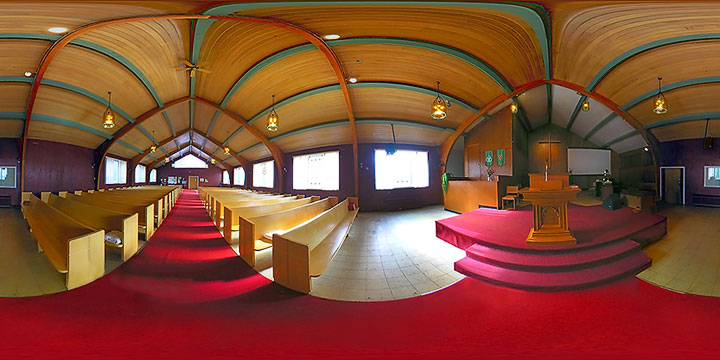 First Baptist Church A view, apparently looking horizontally.
First Baptist Church A view, apparently looking horizontally.
Navigable view of the First Baptist Church.
Click and drag to move around, or use the buttons on the bottom to navigate, magnify, toggle rotation, or toggle full–screen view.
![]()